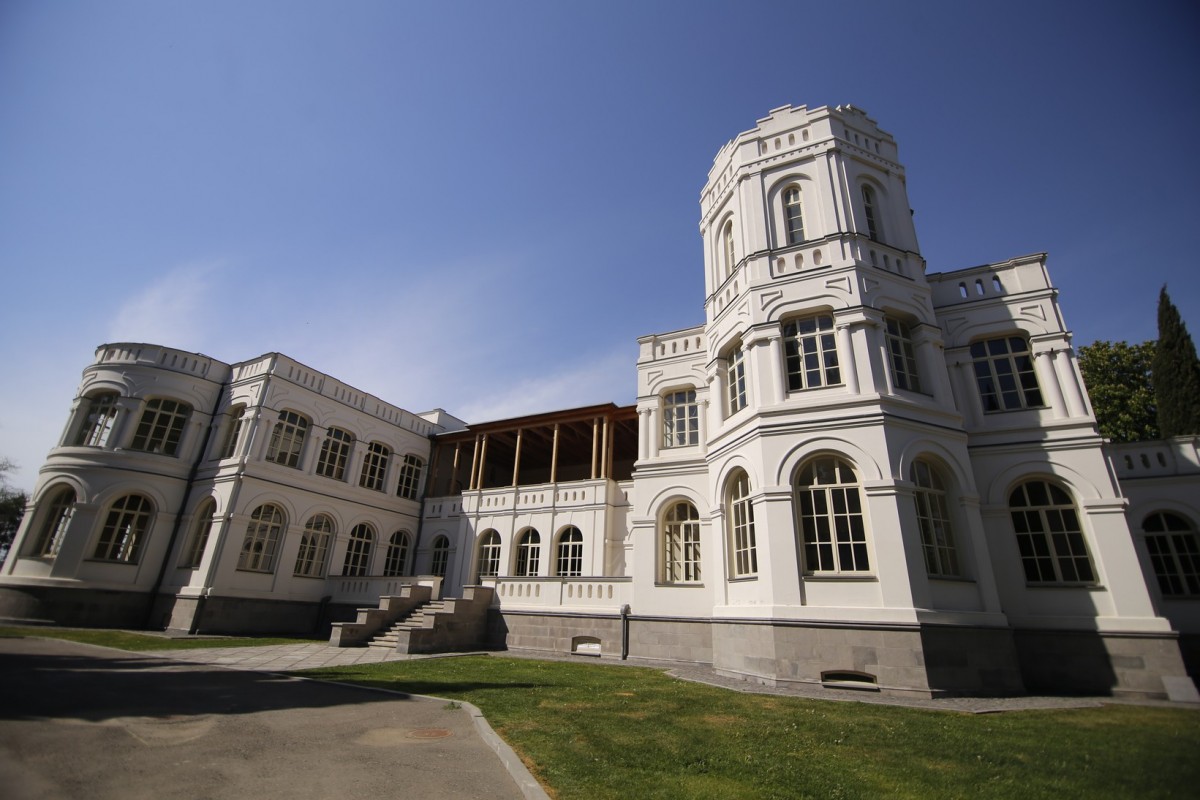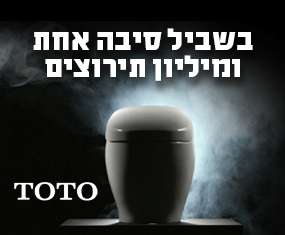If you enjoy a good glass of wine—whether from Bordeaux, Napa Valley, Piedmont, or any other wine region—you owe a debt of gratitude to Georgia, considered the cradle of global winemaking and one of the oldest wine-producing countries, if not the oldest. Archaeological excavations at the ruins of Kartli, south of Tbilisi, have uncovered grape seeds and clay vessels—similar to those still used by Georgians today for winemaking. Researchers estimate these artifacts to be around 8,000 years old.
You can’t write about Georgian wines without explaining the qvevri—the clay vessels used, and still used today, for fermentation and storage of wines. These containers are made from solid clay, lined with beeswax, and shaped like ancient classical amphorae, but without handles. The qvevri, once filled, is buried underground, with only its top, which acts as a seal, protruding above the surface. They come in various sizes, ranging from a hundred to several thousand liters, and are a distinctive and unique feature of Georgian winemaking. Interestingly, in Portland, Oregon, there is a winery called Beckham Estate Vineyard that produces its own qvevri and uses this ancient Georgian method for fermentation and aging.
However, the world of wine is diverse and ever-changing, and some Georgian wineries have adopted modern European methods, utilizing not only local grape varieties but also classic European varieties such as Cabernet Sauvignon and Merlot, as well as French oak barrels. In short, Georgian winemaking is quite eclectic.
It’s fascinating, then, to explore the qvevri winemaking process, which differs significantly between white and red wine production. Here is a brief overview.

White Wine: The grape clusters, after being de-stemmed upon arrival at the winery, undergo a pressing process, and the fresh juice is transferred to the qvevri without any added yeast, relying solely on the natural yeast. Fermentation occurs in an open qvevri for about three weeks. Once fermentation is complete, the qvevri is sealed for six months or more, depending on the winemaker’s plan.
Red Wine: This process is longer because the skins participate in fermentation. Removed from the juice, the skins float on top of the young wine and form a “cap” that must be submerged to impart color and other characteristics from the skins to the new wine. The cap is pushed back into the wine several times a day using a special stick, a labor-intensive manual task. Only after achieving the desired color and completing fermentation is the qvevri sealed tightly for a longer period, with each wine having its own specific duration.
Wineries and Wines
Some time ago, I visited Georgia as part of a wine journalist tour and was deeply impressed by the ability to preserve and adhere to the ancient winemaking tradition.
Georgia boasts more than 500 grape varieties, but only 38 are used for winemaking. I’ll mention here only those we tasted during the tour at various wineries. Saperavi is the leading and most common variety, a robust type that forms the base of most red wines intended for aging. It can produce high alcohol levels and is also used as a base for red blends, alongside Shavkapito and Tavkvery. The white varieties we tasted were Rkatsiteli and Mtsvani.
Three notable wineries were the focus of the visit, all located in the Kakheti region, Georgia’s largest and primary wine-producing area.
CHATEAU MUKHRANI

Chateau Mukhrani Rkatsiteli 2009: Nestled among pine trees, a striking building emerges—French-style château, dazzling in the afternoon sun, with a prominent turret overseeing dark green lawns. Surrounding it are vineyards on all sides, rows of lush grapevines almost touching the winery’s boundaries. Chateau Mukhrani is considered a pinnacle of Georgian wine, and it is the most internationally recognized Georgian winery. The château produces wines from both local and European varieties using traditional qvevri methods, as well as European varieties with modern equipment, including French oak barrels. A French winemaker oversees production, and an excellent chef works tirelessly to satisfy the appetites of the many guests frequenting the estate.

Chateau Mukhrani Rkatsiteli 2009:
This well-known white variety in Georgia is grown right on the estate. This is a significant advantage, as the grapes are transferred directly to the winery immediately after manual harvesting (mechanical harvesting is not used in Georgia) and enter production right away. Only the initial, best juice undergoes fermentation with its natural yeast. The wine is produced using modern methods while preserving the unique characteristics of the variety. It has a golden color with a slight greenish hue. It is full of aromas of wild strawberries and green citrus peels, with a balanced and refreshing acidity. A versatile wine that pairs well with fish, chicken, and salty cheeses. Recommended serving temperature: 8-10°C.
SHUMI WINERY

The best wine in ancient Georgia has not changed at all. This saying serves as the motto for Shumi Winery, which blends traditional and modern methods. In Georgian, “Shumi” signifies “undiluted wine,” implying high quality. The winery produces wines from both local and European varieties, using both modern methods with contemporary equipment—such as fermentation and short-term storage tanks (Wine drums) and many French oak barrels for aging—and the ancient traditional method using qvevri. The winery is housed in a striking black stone building that resembles an ancient structure but features a modern interior. Shumi also has an experimental farm with a wine museum, growing 294 grape varieties, including 93 European ones as part of future trials.

Shumi Saperavi 2014 Kakheti:
The Saperavi variety is known for its high acidity and resilience, suitable for late harvesting. This dry red wine features a characteristic deep purple color, medium body, balanced, and full of fruit—cherries and strawberries. It is complex and smooth, with a delicate and long finish. This versatile wine pairs well with both meat and seafood dishes, maintaining its intensity on the palate. It has competed in international competitions and won prestigious medals, including at the renowned Decanter 2015. This is Georgian wine at its best. Recommended serving temperature: 14-16°C.
PHEASANT’S TEARS WINERY

Photo: [Pheasant’s Tears Winery Courtyard]

Pheasant’s Tears Tavkveri Rose 2013:
The Tavkveri variety is used to produce both red and rosé wines. This rosé is made from red juice, including skins soaked for a limited time. The duration and amount of skins determine the wine’s color, strength, aromas, and flavors. The rosé from Pheasant’s Tears is a light pink hue with a medium body, abundant floral aromas of red flowers, rose petals, and irises. It is delicate in taste, balanced, with notes of cherries, hibiscus, and hints of minerality and damp earth. It is smooth and especially suited to seafood. A delightful wine. Recommended serving temperature: 6-8°C.
Dr. Arkadi Papikian, a friend of the winemaker, says Tasting Georgian wines is an opportunity to travel through a time tunnel.”* I would add: To fully enjoy Georgian wines, one must set aside all the knowledge, and flavors acquired from European schools of thought. It’s time to switch boxes, undergo a radical palate change, and forget the aromas and tastes we’ve grown accustomed to. Georgian wine is food-friendly, and it’s best paired with their own cuisine. To understand what this means—a visit is essential.
The author was a guest of the Israeli company WineHome and the Georgian Ministry of Tourism.










